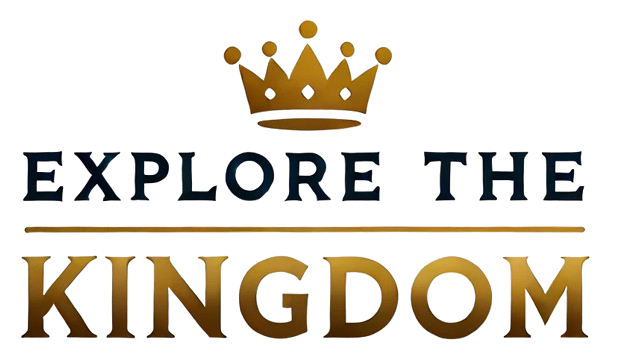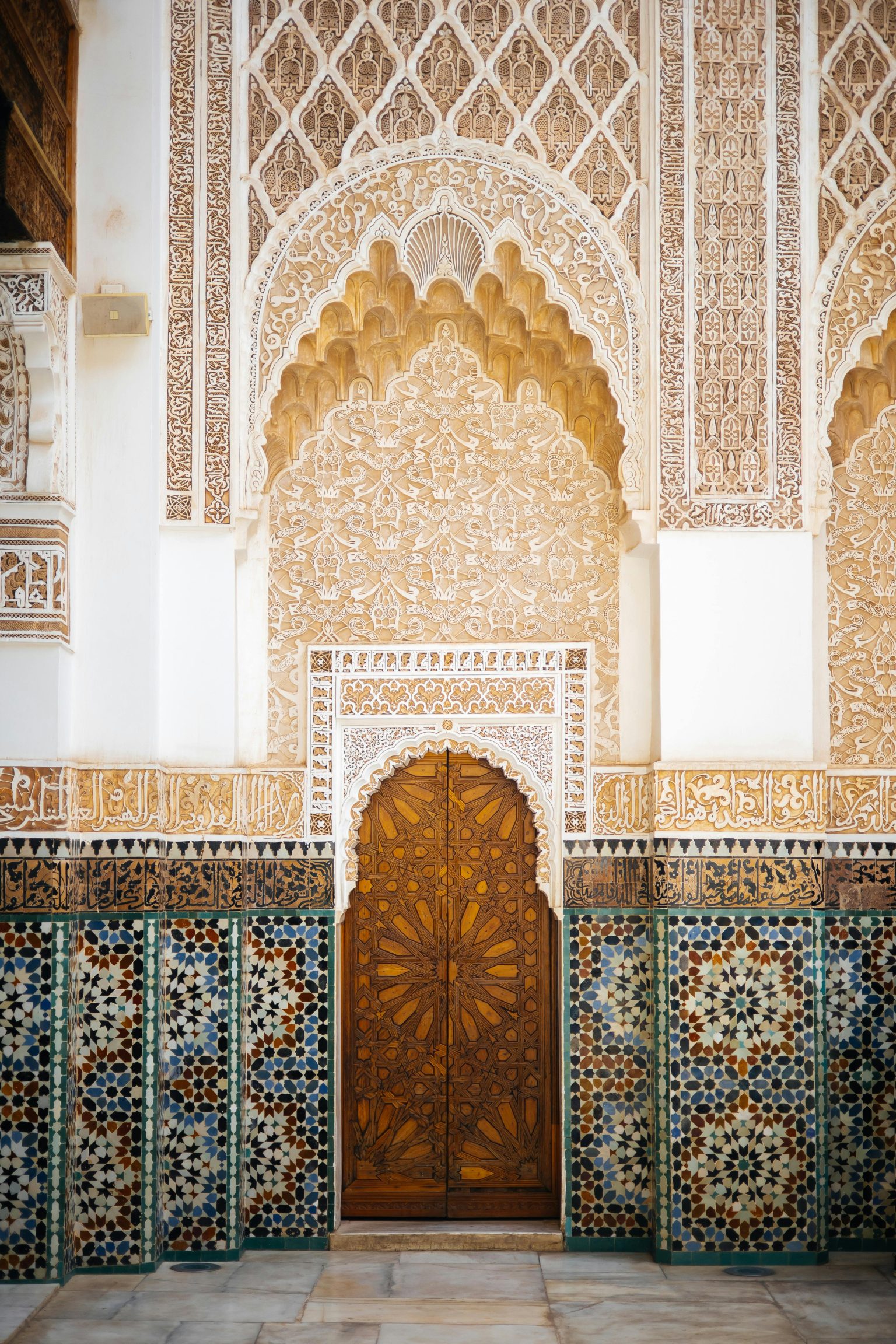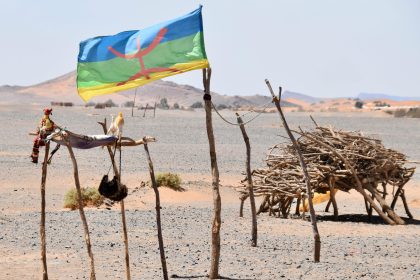The Moroccan monarchy is one of the oldest in the world, with a rich tapestry woven from centuries of history, culture, and political evolution. Its roots can be traced back over a millennium, evolving through various dynasties, colonial influences, and socio-political changes. This article explores the historical evolution of the Moroccan monarchy, examining its foundational periods, significant rulers, and the monarchy’s role in contemporary Morocco.
The Origins of the Monarchy
The history of the Moroccan monarchy can be traced back to the 8th century, with the establishment of the Idrisid dynasty in 788 AD. Founded by Idris I, a descendant of the Prophet Muhammad, this dynasty played a crucial role in the Islamization of the region and laid the groundwork for a unified Moroccan state. The Idrisids ruled over significant parts of northern Morocco, establishing Fes as a center of learning and culture, which remains influential today.
Following the Idrisids, several dynasties rose and fell in Morocco, including the Almoravid (1040-1147) and Almohad (1121-1269) empires. The Almoravids initially united various Berber tribes and expanded their territory into Spain, while the Almohads were known for their religious reforms and promoting a more orthodox interpretation of Islam. These dynasties left an indelible mark on Morocco’s cultural and architectural heritage, with many historical sites still standing as testaments to their influence.
The Saadian Dynasty
The Saadian dynasty (1549-1659) emerged in the 16th century and marked a period of significant cultural and architectural development. Under Sultan Ahmed al-Mansur, the Saadian Empire reached its zenith, engaging in trade and diplomacy with European powers. The Moroccan economy flourished by exporting goods like sugar, textiles, and spices, and the monarchy established strong ties with European nations.
One of the most notable achievements of the Saadian dynasty was the construction of the Saadian Tombs in Marrakech, which reflected the intricate artistry of the period. The dynasty’s fall led to a power vacuum, giving rise to regional leaders and a fragmented political landscape that characterized Morocco for much of the 17th century.
The Alaouite Dynasty
The Alaouite dynasty, which began ruling in the 17th century, is Morocco’s current ruling dynasty. Established by Moulay Ali Cherif in 1631, the Alaouites have maintained a continuous lineage. The dynasty has played a crucial role in shaping modern Morocco, particularly under the leadership of Sultan Moulay Ismail (1672-1727), who is often regarded as one of the most powerful and influential rulers in Moroccan history.
Moulay Ismail’s reign was marked by military conquests and efforts to centralize power. He fortified the Moroccan state, expanding its territories and establishing a strong administrative system. His efforts also included the construction of the city of Meknes, which became a symbol of his power and ambition.
The Impact of Colonialism
The late 19th and early 20th centuries challenged the Moroccan monarchy as European powers sought to expand their influence in North Africa. The Treaty of Fez in 1912 established Morocco as a French protectorate, leading to a period of foreign control that would reshape the country’s political landscape.
During the protectorate, the monarchy’s authority was undermined, with the French administration exerting significant control over Moroccan governance. However, Sultan Mohammed V, who ascended to the throne in 1927, emerged as a symbol of resistance against colonial rule. He actively opposed French policies and sought to preserve Moroccan sovereignty, leading to his exile in 1953.
The nationalist movement gained momentum in the 1940s and 1950s, culminating in widespread protests and demands for independence. The monarchy played a critical role in this movement, with Mohammed V returning from exile in 1955 and leading Morocco to independence in 1956. His leadership was instrumental in unifying the nation and restoring the monarchy’s significance in Moroccan society.
Modernization and Reform
Following independence, the Moroccan monarchy faced the challenge of modernizing the country while maintaining its cultural identity. Sultan Mohammed V’s son, King Hassan II, ascended to the throne in 1961 and ruled for nearly four decades. His reign was marked by significant political and economic reforms and a complex relationship with the military and political opposition.
King Hassan II’s era saw the introduction of development programs to improve education, infrastructure, and healthcare. However, his rule was also characterized by repression of dissent, leading to the “Years of Lead,” a period marked by human rights abuses and political imprisonment.
Despite these challenges, King Hassan II navigated the political landscape, balancing power between various factions and maintaining the monarchy’s central role in Moroccan society. His foreign policy was also noteworthy, as he sought to position Morocco as a key player in regional and international affairs, particularly regarding the Arab-Israeli conflict.
The Reign of King Mohammed VI
1999, King Hassan II passed away, and his son, Mohammed VI, ascended to the throne. King Mohammed VI has embraced a more liberal approach to governance, championing economic reforms and social development. His reign has focused on modernizing the Moroccan economy, promoting tourism, and enhancing foreign investment.
The king has also prioritized social issues, including women’s rights and education. One of his landmark achievements was enacting the Family Code (Moudawana) in 2004, which significantly improved women’s rights in marriage, divorce, and child custody. This reform reflects the monarchy’s commitment to adapting to contemporary societal norms while preserving its cultural heritage.
King Mohammed VI’s reign has not been without challenges, however. The Arab Spring in 2011 prompted protests nationwide, demanding political reform and greater accountability from the monarchy. In response, the king initiated a series of constitutional reforms, leading to a new constitution that expanded civil liberties and enhanced the role of parliament.
The Monarchy’s Role in Contemporary Morocco
Today, the Moroccan monarchy plays a central role in the country’s political landscape. While the king wields significant power, including control over the military, religious affairs, and foreign policy, Morocco has made strides toward democratization. The parliamentary system has strengthened, with regular elections and a more active civil society.
The monarchy remains a symbol of national unity, cultural identity, and stability amid regional tensions. King Mohammed VI’s efforts to promote economic development and social reform have garnered domestic and international support. However, challenges remain, including youth unemployment, regional disparities, and calls for further political reform.
Conclusion
The historical evolution of the Moroccan monarchy is a testament to its resilience and adaptability. From its origins in the 8th century to its modern incarnation, the monarchy has navigated through periods of prosperity and turmoil, maintaining its significance in Moroccan society. As Morocco faces contemporary challenges, the monarchy’s ability to balance tradition with modernization will be crucial in shaping the nation’s future. The rich legacy of the Moroccan monarchy, intertwined with the country’s history, culture, and aspirations, remains a pivotal aspect of its identity in the 21st century.



